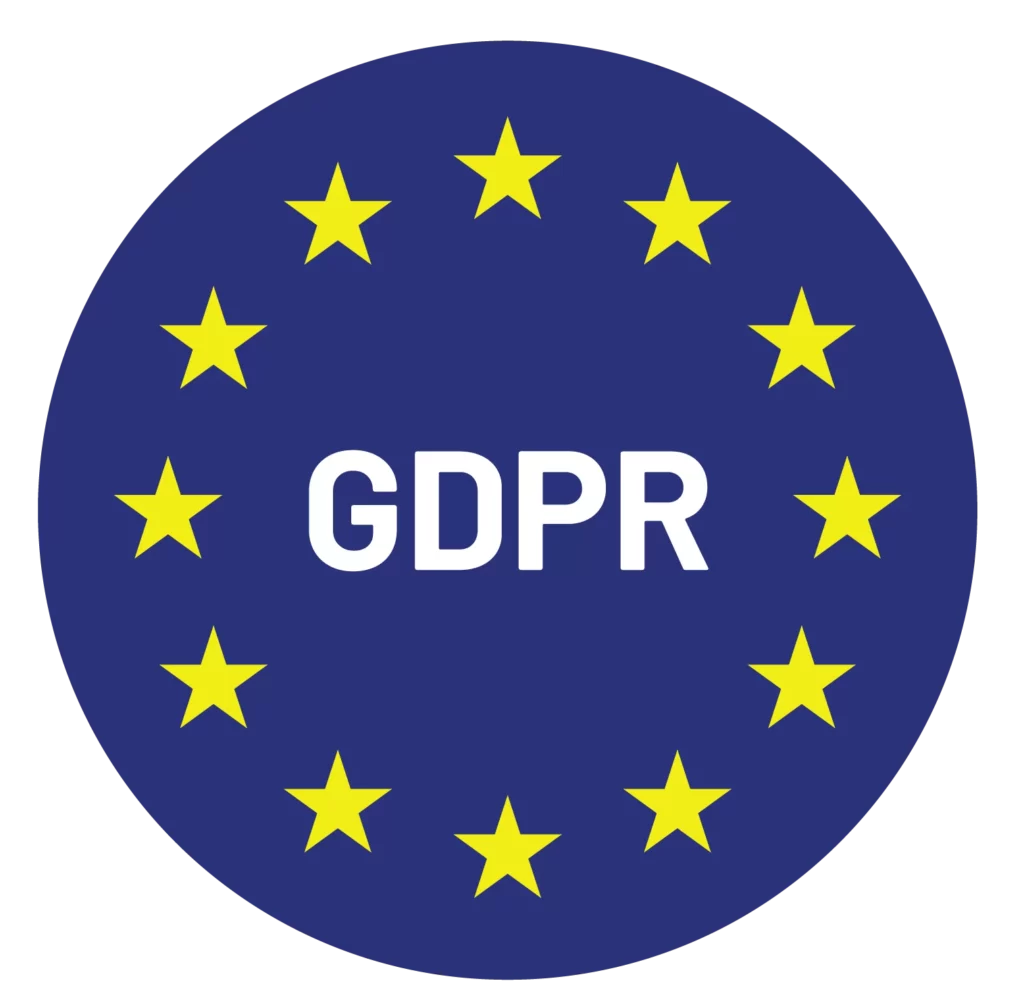Running a successful coaching business takes more than just plenty of clients. You need to understand the key metrics that indicate how well your business is actually performing. Tracking these metrics ensures you spot potential problems early and capitalize on what’s working.
This article will explore the 5 key metrics every coach should track for continued business success. Monitoring these metrics (especially with helpful coaching tracking software) leads to data-driven decisions that grow revenue, impact, and sustainability over the long-term.
Explanation of key metrics and their importance in business
Key metrics, also known as key performance indicators (KPIs), are quantifiable measures used to track and assess the success of a business. These metrics are essential in business as they provide insights into the performance of various business functions, allowing business owners to make informed decisions and adjustments as needed.
Key metrics can vary depending on the industry and business goals, but some common examples include client satisfaction, goal attainment, client retention, session attendance, and time to results.
How key metrics contribute to the success of coaching businesses
Key metrics are crucial in coaching businesses as they provide insights into the effectiveness of coaching interventions and help coaches tailor their services to meet the needs and expectations of their clients. By tracking metrics such as client satisfaction, return on investment (ROI), improved productivity, reduced turnover, and increased employee engagement, coaches can identify areas of improvement and make the coaching process more effective.
Key metrics also allow coaches to measure the success of their coaching services and make informed decisions about their business operations, ultimately contributing to the overall success of the coaching business.

#1: Client Acquisition Cost
Knowing your client acquisition cost (CAC) reveals how much you spend to acquire each new coaching client. To calculate it, add up all your marketing and sales expenses over a period and divide that by the number of new clients gained in that same timeframe.
Aim for this metric to decrease over time as you refine what marketing tactics work best. Any major increases could indicate an issue in messaging, positioning, or even service pricing. Tracking CAC sheds light on how efficiently you use sales and marketing dollars.
#2: Client Lifetime Value
Client Lifetime Value (LTV) is an estimate of how much revenue a single coaching client will generate for your business over the entire time you work together. Calculate this by multiplying average client annual value (how much they pay each year) by the average length of your client relationships.
Compare your LTV to CAC to ensure your business model is sustainable long-term. If your LTV is less than 3 times higher than CAC, you may need to revisit your offers and pricing. Useful coaching tracking software can calculate LTV for you automatically as you log revenue and other client data.
#3: Revenue churn
Revenue churn is the percentage of recurring revenue lost in a period due to canceled clients. To determine it, take total recurring revenue lost divided by total recurring revenue at the start of that timeframe.
Aim for under 5-7%, depending on your business model. Higher churn may signal poor client satisfaction or needs mismatch. Review exit interviews and client satisfaction data to understand the “why” behind churn. Again, coaching tracking tools can automatically calculate churn as clients come and go.
#4: Profit margins
Profit margin is a ratio of profitability, found by dividing your net income by total revenue. This metric quantifies how much you earn from each dollar of revenue coming in.
Set a target profit margin based on your business model and goals. If your margins dip too low quarter over quarter, reexamine your pricing structure. Also look at major costs like software, services, contractors etc. to identify excess spending. Keeping an eye on margins ensures your business stays healthy.
#5: Scaling income
This last metric reveals how focused you are on growth. Take your total quarterly recurring revenue and divide it by hours worked that quarter. Increasing this over time means your income scales better as you add more clients without necessarily working more hours.
FAQs
What is the best coaching tracking software to use?
Great options for automated tracking include Simply.coach, CoachLogix, TrueCoach, and Sherpa Coaching Software. Compare capabilities and price to choose what fits best.
How much should I invest in marketing as a new coach?
Aim for 5-15% of total revenue to put towards marketing when first starting out. Track cost per lead and conversion rates to see optimal spend levels.
What is a healthy client churn rate?
For coaching businesses, you want to keep revenue churn under 7% per year. Anything higher means clients are not getting enough value to stay.
How do I calculate my coaching business’s profit margin?
Take your net income (revenue minus expenses) divided by total revenue. Multiply this ratio by 100 to get a percentage. Benchmark against others in your niche.
How many coaching clients do I need to earn a full-time income?
Most coaches find having at least 25-35 ongoing clients enables earning a comfortable full-time income. Use scaling income metrics to track progress towards this goal.
Why track scaling income and how do I improve it?
Tracking scaling income ensures your business growth doesn’t require more hours from you. Improve it by creating online courses, membership sites, peer mentoring, and other leveraged income streams.
Some coaches aim to increase scaling income by 30-50% yearly. This enables greater revenue without burnout. Consider these key metrics together to make data-driven decisions on marketing, operations, pricing, and more. Simple coaching tracking software can do much of the calculation work for you automatically.
Want an easy way to stay on top of these critical metrics? Try out Simply.Coach free for 14 days.
Read More:
The comprehensive client onboarding form template for relationship coaches
Building an Effective Coaching Website: Best Practices and Essentials
Creating On-Brand Coaching Experiences with a Coaching Management System
Effective Marketing Strategies for ADHD Coaches: Reaching and Empowering Individuals with ADHD
How to Use Twitter for Marketing Your Coaching Business
5 Pricing Strategies to Determine Your Coaching Fees in 2023
About Simply.Coach
Simply.Coach is an enterprise-grade coaching software designed to be used by individual coaches and coaching businesses. Trusted by ICF-accredited and EMCC-credentialed coaches worldwide, Simply.Coach is on a mission to elevate the experience and process of coaching with technology-led tools and solutions.









